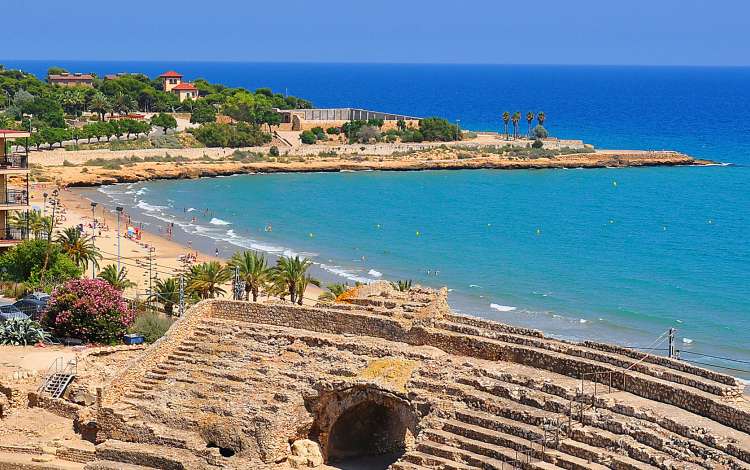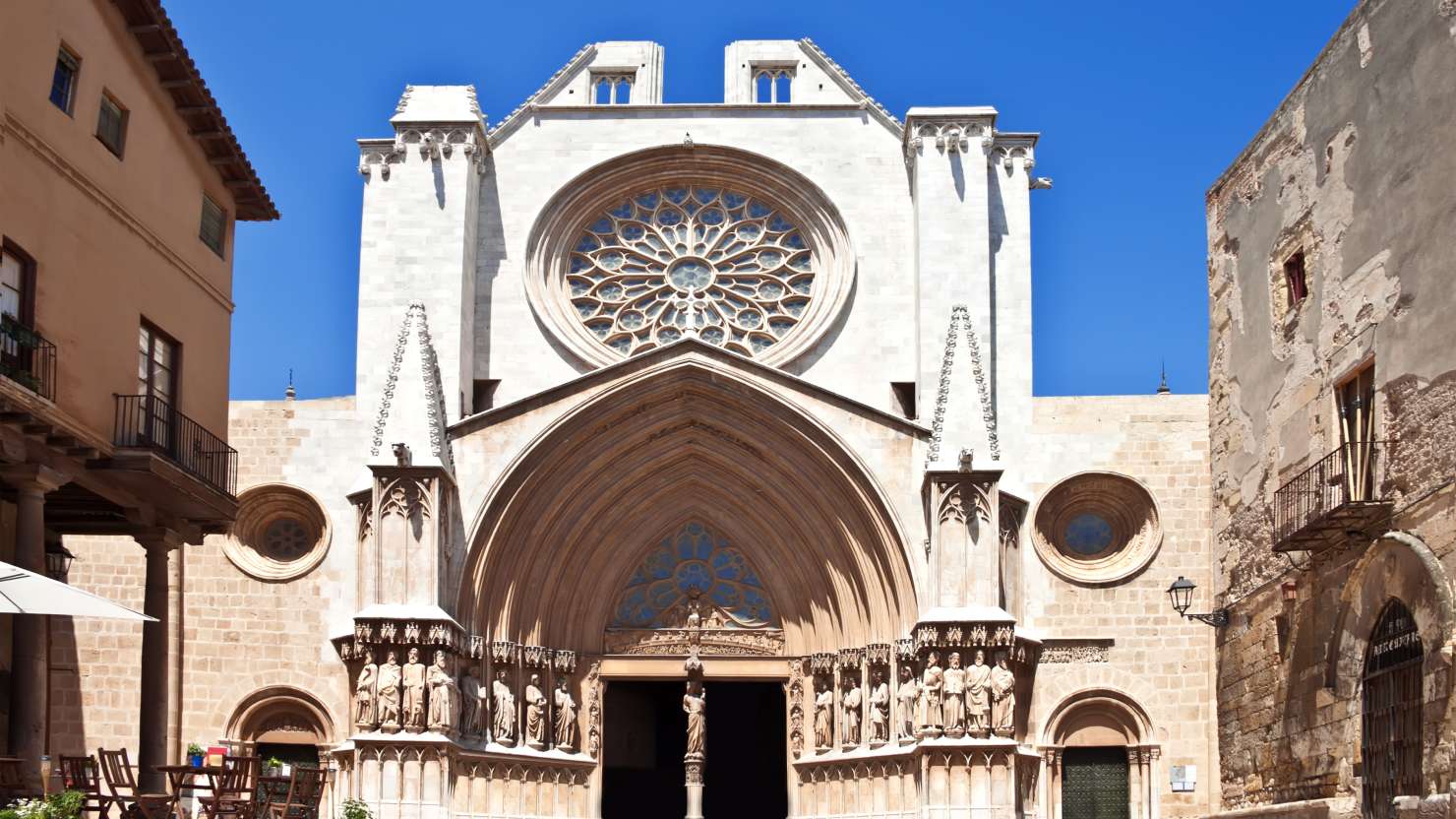2026 Travel Hotlist
Explore more on the Mediterranean

Once one of the most important cities of the Iberian Peninsular, today the sunny port city of Tarragona in Spain is an enticing mix of rich history and modern Mediterranean beach life. Many of the Roman ruins of Tarragona – designated a World Heritage Site by UNESCO – are dotted around the city, but are all within easy reach of the port, making them perfect for an afternoon’s exploration. Moving through the ages, an impressive 12th-century cathedral built on the highest point overlooks the meandering medieval alleys and streets that make up the historic heart of the city.
If you’re after a more relaxing stop, fear not. Sitting on the Costa Daurada (Golden Coast), the city has 15km of glorious coastline with beaches and coves known for their super-fine sand and temperate waters. And for those looking to try the local cuisine, why not sample some freshly caught seafood with romesco, a Catalonian sauce made from red peppers, nuts, bread and oil that’s said to have been created by local fishermen looking for something simple to accompany their catch. The vibrant Catalonian culture is also evident in the many festivals and traditions of the city. Every May, the Festival Tarraco Viva brings to life the rich Roman history, while the biennial Concurs de Castells (human tower-building competition) in October is a spectacle to behold.
But if you’re only here for a few hours, here’s our pick of Tarragona’s unmissable sights…
Overlooking the coastline, the 2nd-century amphitheatre once played host to up to 14,000 people baying for the blood of the gladiators and beasts fighting there. Meanwhile, the Roman circus, built in the 1st century, held a staggering 30,000 spectators and was the place to go for horse and chariot races. Today, it’s home to well-preserved subterranean Roman tunnels and the Praetorium, a Roman tower.
Tarragona’s medieval past is evident in the city’s cathedral, located in the Parte Alta (Upper Part) above the city’s warren of historic streets. Built in the 12th century, it boasts Romanesque and Gothic features, and the carvings and sculptures of the cloisters are some of the most renowned examples of Romanesque art in Catalonia.

According to local legend, touching the railings of the Balcó del Mediterrani (Mediterranean Balcony) brings you luck. Located at the end of Tarrgona’s Rambla Nova, a wide and tree-lined street offering retail therapy on the way to the seafront, the Balcó offers wonderful vistas over the sparkling sea, golden beaches and bustling port.
The fishing neighbourhood of El Serrallo is located near the port and has distinctive charm and character. You can simply sit and watch the fishermen going about their daily activities – repairing nets, auctioning the fish from their morning catch – and taste the freshest fish around in one of the many fine restaurants.
of
Don’t miss out! Sign up for latest news, offers and competitions from P&O Cruises.